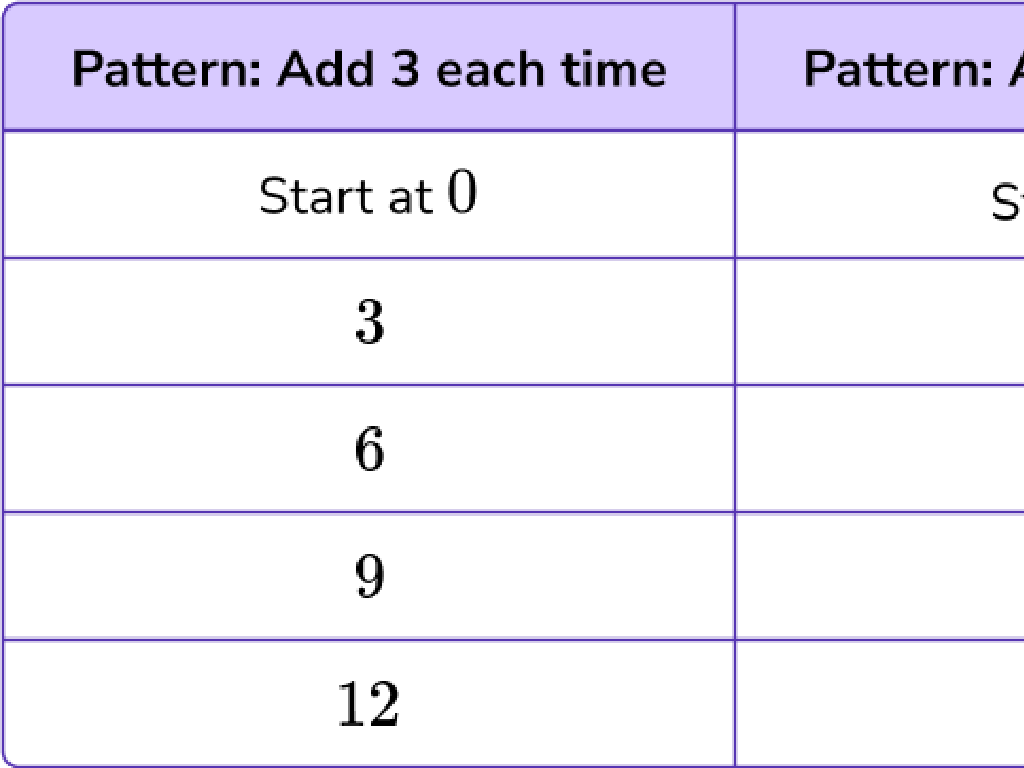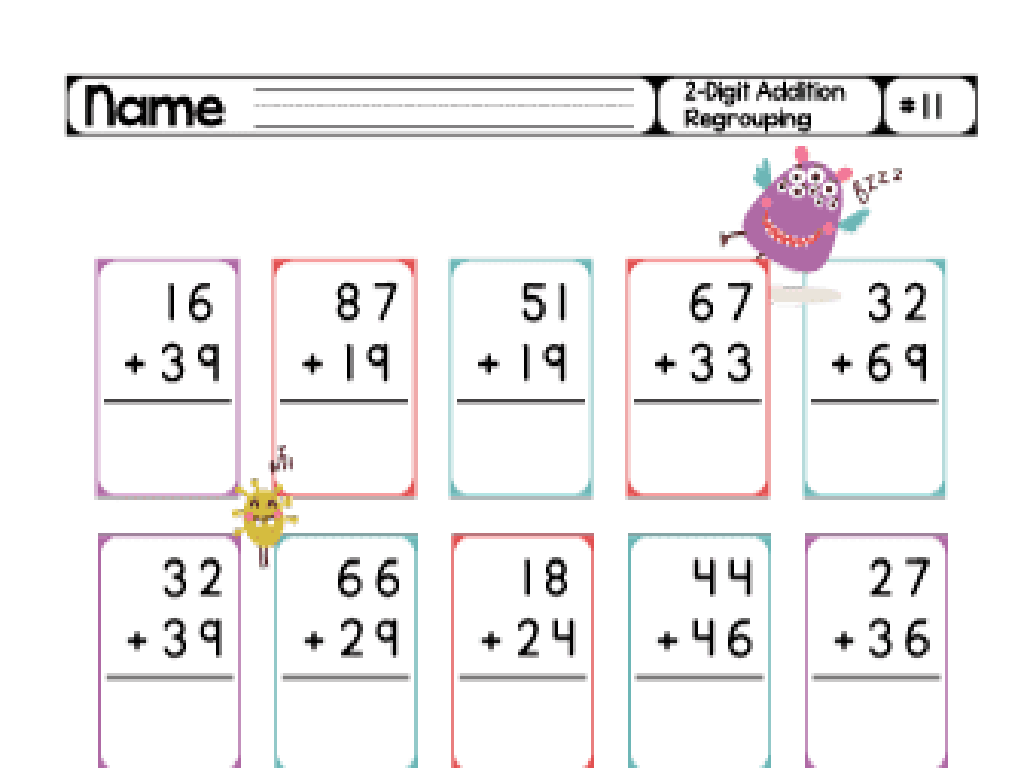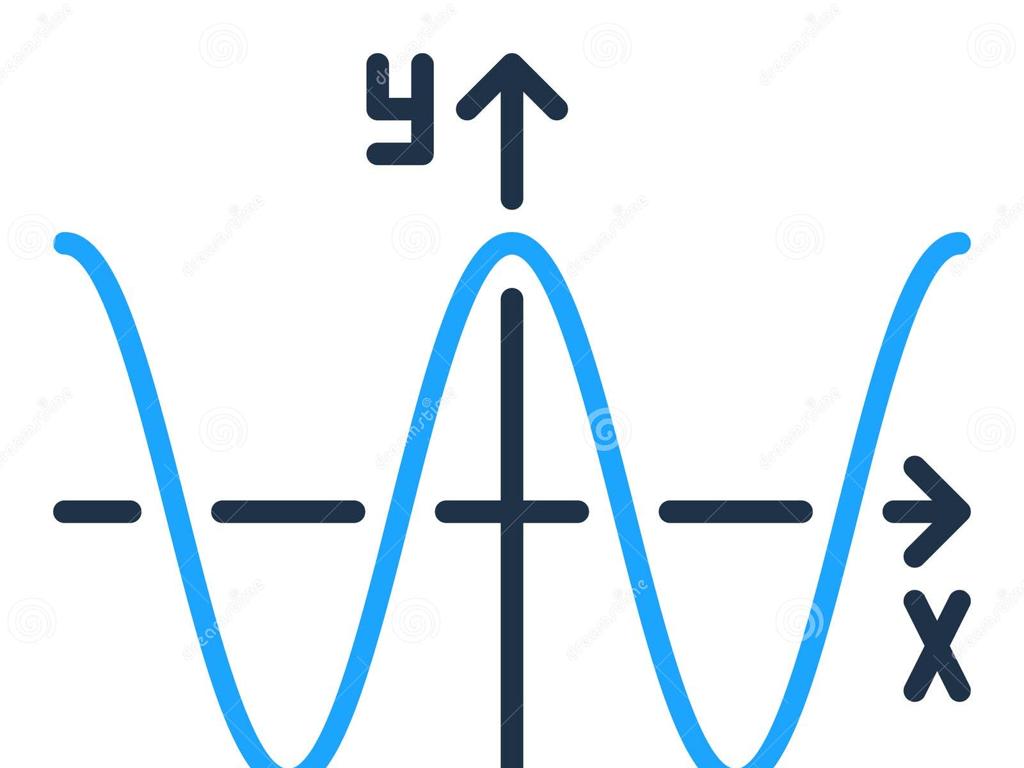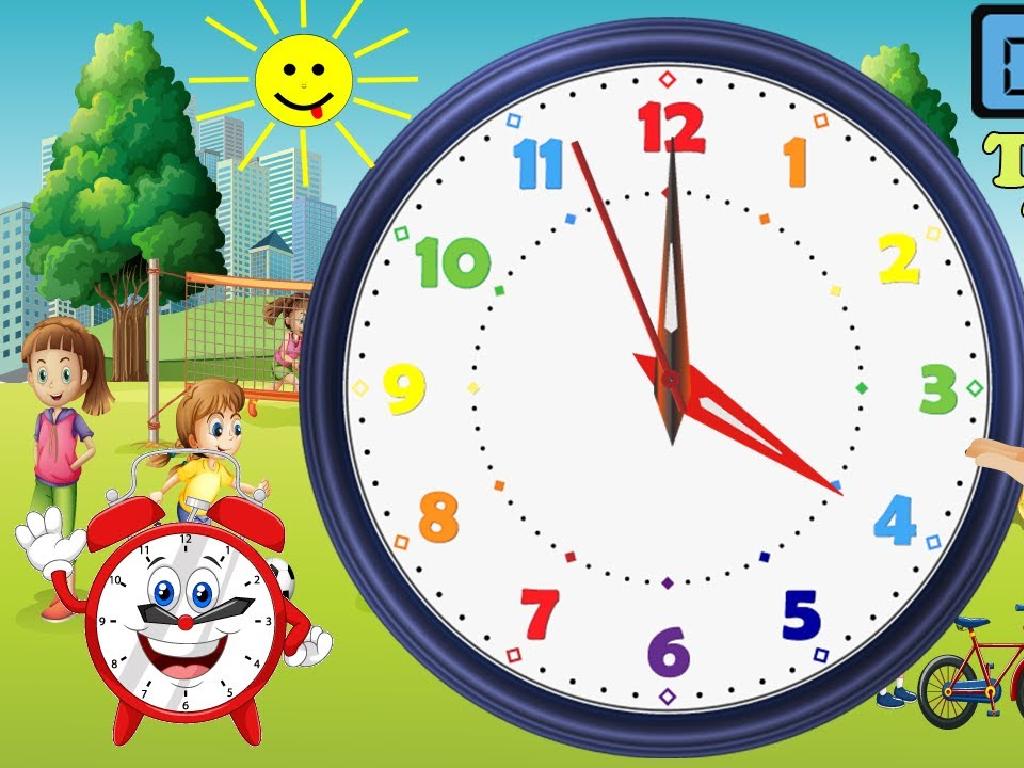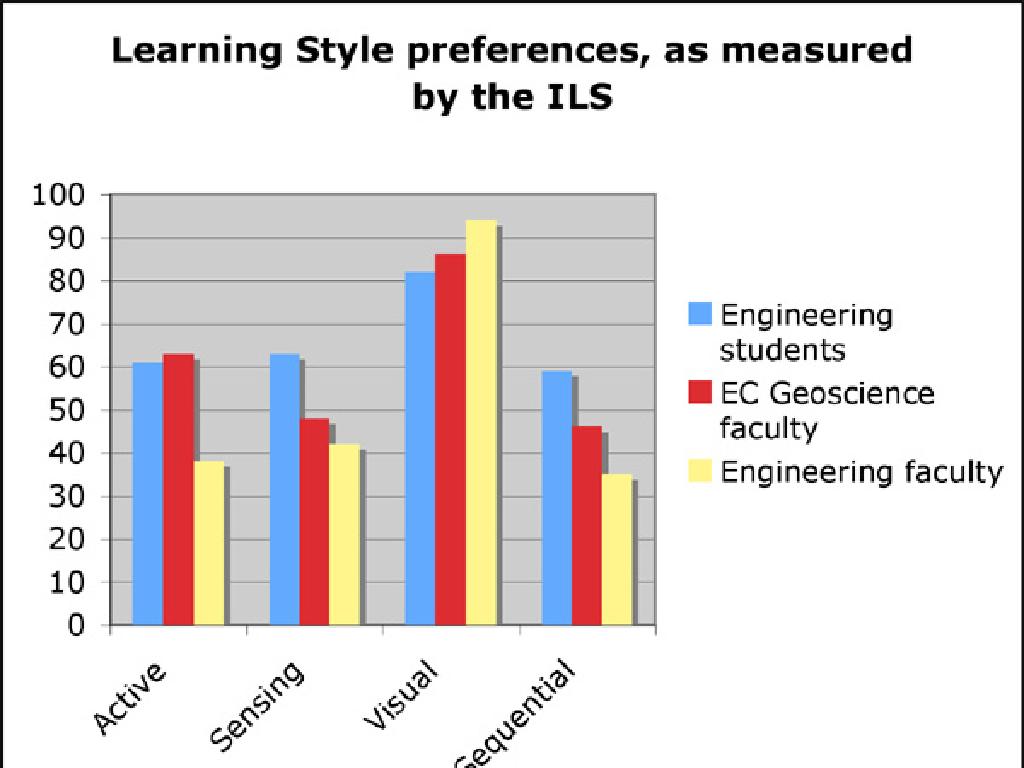Identify The Complete Subject Or Complete Predicate Of A Sentence
Subject: Language arts
Grade: Sixth grade
Topic: Sentences, Fragments, And Run-Ons
Please LOG IN to download the presentation. Access is available to registered users only.
View More Content
Understanding Sentences and Their Parts
– Define complete subject and predicate
– The complete subject includes the main noun and its modifiers. The predicate contains the verb and its complements.
– Identify sentence fragments
– Fragments lack a subject or predicate and don’t express a complete thought.
– Recognize run-on sentences
– Run-ons are sentences incorrectly joined without punctuation or conjunction.
– Importance of sentence structure
|
This slide introduces the fundamental components of sentence structure, which are crucial for clear communication. Understanding the complete subject and predicate helps students recognize the parts of a sentence that name something or someone and tell what the subject does or is. Identifying fragments and run-ons will aid in avoiding common writing errors. Emphasize the importance of these concepts in writing clear and complete sentences, which is essential for effective communication. Provide examples of each and engage students with exercises to practice distinguishing between complete sentences, fragments, and run-ons.
Exploring Sentence Structure
– Definition of a sentence
– A sentence is a group of words that expresses a complete thought.
– Main parts: subject and predicate
– The subject is who or what the sentence is about; the predicate tells us what the subject does or is.
– Complete subject elements
– The complete subject includes the main noun and words that describe it, like ‘The quick brown fox’.
– Complete predicate elements
– The complete predicate includes the main verb and all the words that give more information, like ‘jumps over the lazy dog’.
|
This slide introduces the basic components of a sentence to help students identify and understand complete subjects and predicates. Emphasize that every sentence must have a subject and a predicate to be complete. Use examples to illustrate the difference between the simple subject (just the main noun) and the complete subject (the main noun plus its modifiers). Similarly, differentiate between the simple predicate (just the verb) and the complete predicate (the verb and all the words related to it). Provide practice sentences for students to identify the complete subject and predicate. This foundational knowledge will aid in their understanding of sentence structure and improve their writing skills.
Identifying the Complete Subject
– What is a complete subject?
– It’s who or what the sentence is about.
– Can be one word or several
– Example: ‘The quick brown fox’
– In ‘The quick brown fox jumps over the lazy dog’, ‘The quick brown fox’ is the subject.
– Practice identifying subjects
– Find subjects in sentences for homework.
|
This slide introduces the concept of the complete subject in a sentence, which is essential for understanding sentence structure. The complete subject includes all the words that tell who or what the sentence is about, not just the main noun. It’s important to show that while sometimes the subject can be a single word, often it includes modifiers that give more detail. Use the classic example sentence to illustrate a multi-word subject. For homework, assign students to find sentences in their reading and identify the complete subjects, reinforcing the lesson and preparing them for more complex grammar concepts.
Identifying the Complete Predicate
– What is a complete predicate?
– It tells us what the subject does or is in a sentence.
– Includes verb and modifiers
– Look for the action or state of being and all the words that modify it.
– Example: ‘jumps over the lazy dog’
– From ‘The quick brown fox jumps over the lazy dog’, predicate is the action and its description.
– Practice identifying predicates
|
The complete predicate is an essential part of a sentence that provides information about what the subject is doing or what state it is in. It includes not just the main verb, but also any helping verbs, adverbs, or objects that complete the thought. For example, in the sentence ‘The quick brown fox jumps over the lazy dog,’ everything that follows the subject ‘The quick brown fox’ forms the complete predicate. To help students practice, provide additional sentences and have them identify the predicates. Encourage them to explain their reasoning for each sentence to ensure they understand the concept.
Sentence, Fragment, or Run-on?
– Understanding sentence fragments
– A fragment lacks a subject, a predicate, or both.
– Recognizing run-on sentences
– A run-on is two or more sentences combined incorrectly.
– Identifying sentences vs. fragments vs. run-ons
– We’ll distinguish complete sentences from fragments and run-ons.
– Practice with examples
– Use example sentences to apply what we’ve learned.
|
This slide introduces students to the concepts of sentence fragments and run-on sentences, which are common issues in writing. A sentence fragment is an incomplete thought that doesn’t stand alone, while a run-on sentence is a grammatical mistake where two or more independent clauses are improperly joined. Students will learn to identify these errors in writing by looking at examples and determining whether they are complete sentences, fragments, or run-ons. The practice with examples will help solidify their understanding. Encourage students to explain why an example is a complete sentence, a fragment, or a run-on, reinforcing their learning through discussion.
Practice Time: Subjects and Predicates
– Understanding subjects and predicates
– The subject is who or what the sentence is about.
– Breaking down example sentences
– We’ll analyze sentences to find the main components.
– Activity: Identify subjects and predicates
– Find the complete subject and predicate in given sentences.
– Share and discuss our findings
|
This slide is meant to engage students in a practical activity to solidify their understanding of subjects and predicates in sentences. Begin by reviewing the concepts of complete subject and complete predicate. Then, provide example sentences and guide students through the process of identifying the subject and predicate. For the activity, students will work individually or in pairs to find the complete subject and predicate in each example. After the activity, encourage students to share their answers and provide explanations for their choices. This will foster a collaborative learning environment and allow for peer learning. Possible sentences for the activity: ‘The quick brown fox jumps over the lazy dog’, ‘In the morning, birds chirped melodiously’, ‘The entire class eagerly awaited the field trip announcement.’
Class Activity: Sentence Creators
– Pair up and write about your hobby
– Create 5 sentences together
– Underline subjects and predicates
– The subject tells ‘who’ or ‘what’ about the verb
– Share your sentences in class
– Practice speaking and listening skills
|
This activity is designed to help students identify the complete subject and predicate within a sentence. By focusing on a topic they enjoy, such as their favorite hobby, students will be more engaged. Encourage them to think creatively and come up with diverse sentences. Remind them that the complete subject includes the main noun and its modifiers, while the complete predicate includes the verb and all the words that tell more about the verb’s action or state of being. After they have written and underlined their sentences, facilitate a class discussion where students can share their work and explain their reasoning. This will not only reinforce their understanding but also enhance their public speaking and critical thinking skills.
Conclusion & Homework: Subjects and Predicates
– Congrats on learning subjects & predicates!
– Homework: Write 10 sentences
– Craft sentences about the book’s plot, characters, or themes
– Focus on a book you’ve read
– Label subjects and predicates
– Underline the subject once, predicate twice
|
Students have done a great job understanding the parts of a sentence. For homework, they should choose a book they’ve read and write 10 sentences related to it. They need to identify the complete subject and predicate in each sentence. This exercise will help reinforce their learning. Encourage creativity in sentence construction and remind them to think about the main elements of the book. Provide examples if necessary, such as ‘The adventurous protagonist (subject) solves the ancient mystery (predicate).’ In the next class, we can review some of the sentences to ensure understanding and correct identification of subjects and predicates.

